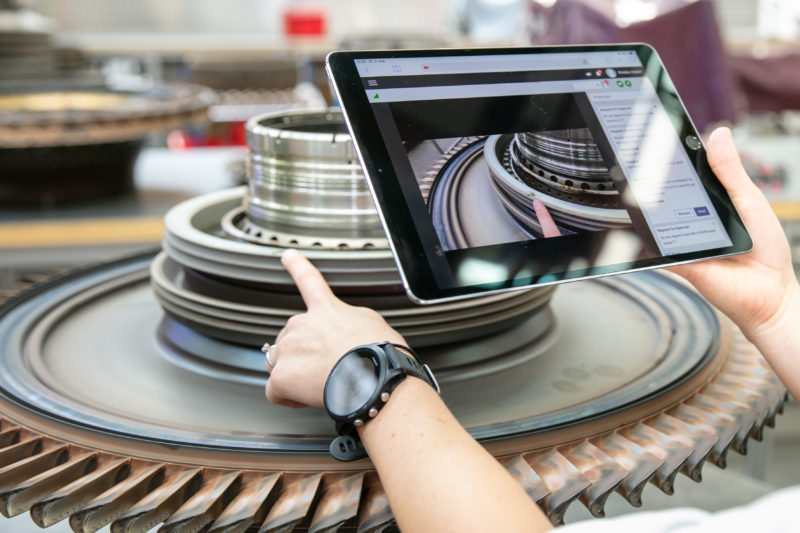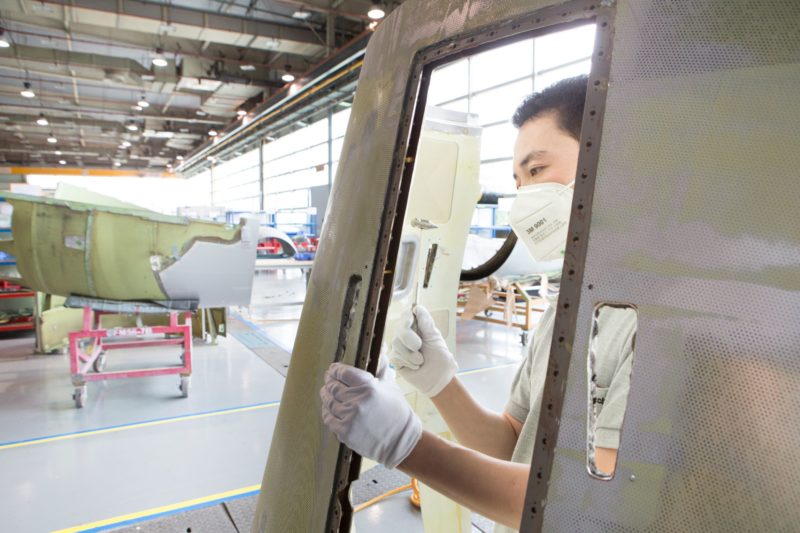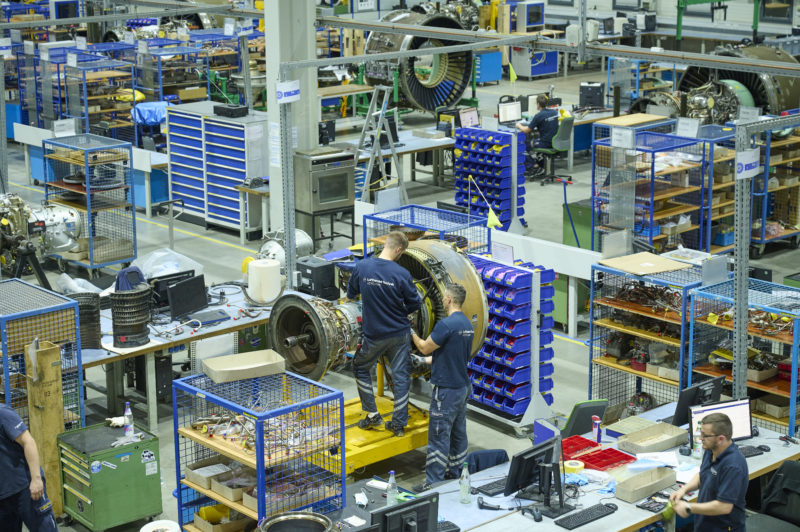How much has Lufthansa Technik or the MRO industry has changed since the pandemic?
We implemented measures much faster during the pandemic as compared to our actual plans.
A strong impact can be seen in the line-maintenance business: as traffic dropped, we reduced our presence in this segment.
When the aviation industry estimated that 20% of air-traffic would not return after the crisis, Lufthansa Technik adjusted accordingly. But digitalization has been by far the biggest driving force, which we did not expect but quickly reacted to. The pressure to permanently grow market share etc, like in the past eight to ten years, suddenly disappeared.
Unexpectedly, our engineers and our customer's engineers had more time to spend on digitalization. Before COVID we had around 750 aircraft on our AVIATAR platform, now we have over 3,000 aircraft.

How is the MRO business now with more planes returning to the sky?
The wide-body aircraft business is less important for us and makes up only about 15% of capabilities.
On the other hand, 85% of our business is focused on narrow-bodies.
That shows, Lufthansa Technik has always been narrow-body aircraft orientated even before the pandemic. Because Asia is still more or less closed, the ratio for wide-body aircraft services is even less.
When we look back to 2021, we were able to handle the crises very well as areas like the US, Russia and China again showed increased air traffic, where few wide-body aircraft were in operation.
Currently, we operate at 75% of our capacity compared to pre-pandemic levels. Regarding the business for wide-body aircraft, of which many are still grounded, we expect that during summer business could reach around 90% levels.
Lufthansa Technik CEO Johannes Bussmann
The topic now is the supply chain issue as deliveries take a much longer time. Regarding employees, we had to reduce numbers in specific areas, also by fluctuation. It could happen that even more business is coming back than forecasted. I believe we will have a better picture of that in the next six months. Then we could think about growth rates again. This might be difficult in some world regions, for example in the US, where many people have left the industry.

Will all global Lufthansa Technik bases remain?
We want to keep the facilities we have now and also in the future. We have sold Shannon, and reduced our line-maintenance business.
At the end of the day, we need more capacity in Asia for our portfolio. The aircraft orders in general did not change and Asia will remain a growth area. The question is: when this will happen again.
Our facility in Manila, for example, is doing well and we just completed an A380 hangar. The demand for this aircraft, especially for base maintenance is high, which is why we see some business recovery. We do this work only in Manila.
And what about the new generation of wide-body aircraft?
Well, the latest generation aircraft like Airbus A350 or the Boeing 787s are the first ones operating again. Our portfolio mix at Lufthansa Technik is the same as the worldwide market share between narrow- and wide-body.
How many freighter conversions will be developed? I am not so sure if the boom will continue, especially when wide-body belly capacity is returning. This will reduce demand. Freighter conversion is not our home turf.

Do you think older aircraft will return?
Many airlines have used up their cash reserves and are not able to introduce new aircraft. I believe this will be extended and have a compensation effect. When a new aircraft reaches five to seven years of service life, it also needs more maintenance. We believe the growth and introduction of new aircraft into the world fleets will be balanced. A normal transformation will be a mixture of older A320 and A320neo, the same with the 737MAX and the 737NGs, then you have a mixed fleet. For us as an MRO provider, this transition process can be effectively handled.
Will be there a consolidation process in the MRO business?
If you asked me that 20 months earlier, I would have said that more companies would disappear. But this did not happen. We also expected more bankruptcies in the airline business. Many suppliers are offering somewhat older technologies and are still in business. Once they are pressured to invest in new technologies, digitalization etc, not all of them will be able to handle this.
The ground-time for an aircraft during maintenance is reduced permanently over the years. For us, as an MRO provider that means that you need more aircraft to cover your costs. That is the core reason why we began very early to invest in new technologies and constantly developed our service model. We had already completed 80% to 85% of our investments when the pandemic arrived. Therefore, we have a strong position in the market. And this will remain in the future.


